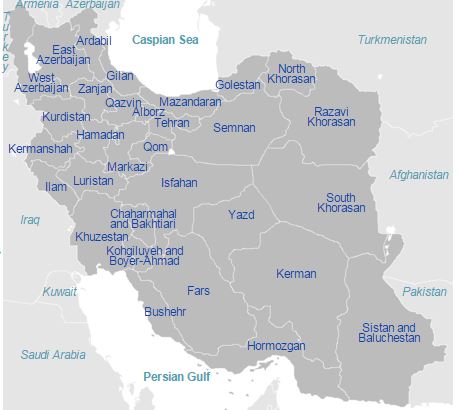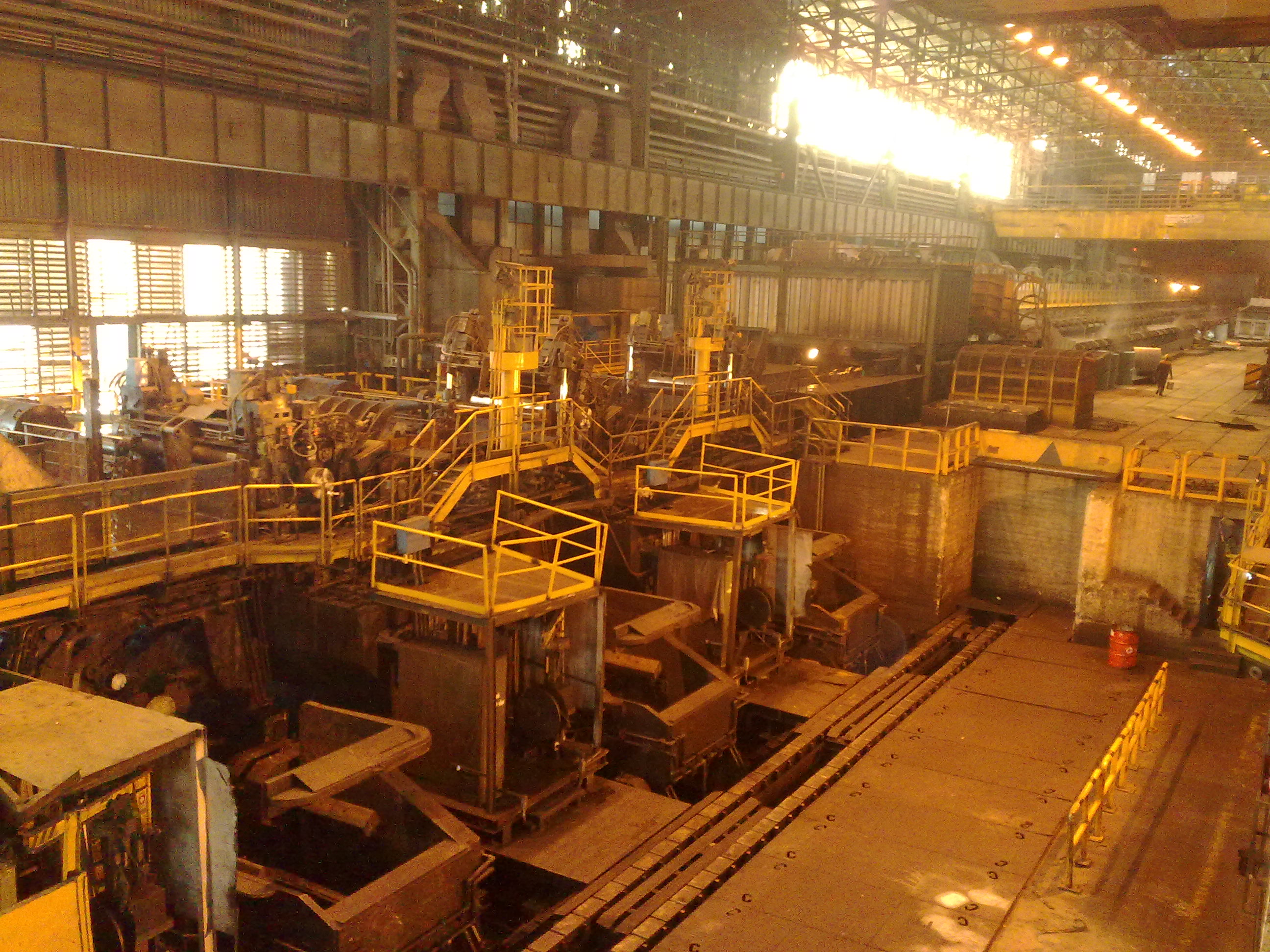Minerals of Iran


Iran is a country of the west Asian region. It has neighbors like Turkey, Iraq, Pakistan, Turkmenistan and Azerbaijan. It has an area of 1,648,198 sq.km. The coast line length is around 2440 km. Iran is covered by high mountain ranges, rugged hills undulating plateaus and intervening basins. The longest river of Iran is called Karun River. The largest is Umea Lake. Caspian Sea lies to the north boundary. The Persian Gulf and the Gulf of Oman lay along the southern part of Iran. The geological formations of Iran are divided in to three major groups. The Zagros folded belt is located in the south and the Central Iran Plateau lies in the central region of Iran. The northern part is covered by formations of Alborz and Kopehdagh. The Zagros folded mountain belt has basement of Precambrian rocks and covered by Paleozoic rocks. The central Iran is part of Gondwana formation. This was detached from the Gondwana land and attached to the Eurasian land mass during Mesozoic period.
The Arabian land joined with the Iranian land during the late Cretaceous period. The Caspian depression is the extension of northern part of Iran. The Persian Gulf and the Gulf of Oman are shallow water depression and extended arm of the Arabian sea. The Geological Survey of minerals, rocks ,oil and gas was started during 1950.The Geological Survey of Iran was established in 1959. Iran is rich in minerals, coal, oil and natural gas. The minerals of iron, manganese, chromite, copper, silver, lead, zinc, molybdenum, tungsten, uranium, bauxite, rare earth and arsenic are found in large deposits in Iran. Gold deposits are found in most provinces of Iran. The Industrial minerals like gypsum, limestone, dolomite, barite, borax, asbestos, rock phosphates, sulphates, talc, kaolin, bentonite and perlite deposits are found in Iran. The building stones like granite and marble are found in many parts. The building tones are of high quality and decorative in nature. The architectural monuments of Iran used these materials to produce world class structures in the past.
Iran has industries of oil, petrochemicals, power plants, cement, steel, aluminium, food processing, leather, textile, aviation, automobile, construction and health care. Iran is the second largest producer of crude oil in the west Asia. It has around 5 percent of the oil reserves of the world. The oil refineries and petrochemicals are major contributor to the national economy. Iran is among the top producers of iron ore in the world. The average annual production of iron ore is around 35 million tones. The steel production capacity is around 17 million tones. The sponge iron production capacity is 2 million tones, per year. Major iron ore deposits are found in central Iran near Bafq, Yazd and Karman. The iron ore producing companies produce high quality iron ore lumps and fines. The major iron ore mining companies are the Chaodomalle Mining and Industrial company, the Golgohar iron ore company and the Gohar Zamin iron ore company. A number of units are active in the production of steel, pig iron sponge iron and ferro alloys in Iran. Some of the steel making companies are given as follows, Mobarkeh steel mill, Khouzestan steel mill, Isfahan foundries, Iran National Steel Industries Group, Azerbaijan steel company, Iran steel Alloy Company, Ahzaz pipe and rolling company, Khorasan steel company, Natanz steel company, and Bonab steel complex.
Iran has some rich bauxite deposits. The average annual production of bauxite is around 400000 tones. The aluminium smelting companies are Iralco, and Almandi.The Harmozal Aluminium Company has established a smelter near Bandar Abbas. Iran has coal deposits of 19 billion tons of proved reserve and 50 billion tons of probable reserves. The annual production of coal is around 3 million tones. The Kerman coal company, the Eastern Alborz coal company and the Central Alborz coal company are major producers of coal in Iran. Coal is mostly used in steel making and power production activities. There are 220 million tons of reserve of lead and zinc in Iran. The recoverable metal content may be 11 million tons of zinc and 5 million tons of lead. The important deposits of lead and zinc are found in Mahdi--Abad and Angouran. The lead and zinc mining companies and metal producing companies are the Iran Zinc Development group, the Bama Mining and Industrial Company, the Bafq mining company and the Calsimin Company. Iran has some uranium deposits. It extracts uranium for its nuclear reactors and power plants. Iran is rich in copper ores with proved reserves of 325 million tones. Chasmeh in the Kerman province has large lode of copper ores. iran has gold reserves of around 320 tones. The average annual production of gold is 5 tones. Gold deposits are found in west Iran, east Iran, Kerman, Zanjan and Khordistan province. Iran has large deposits of limestone, dolomite and gypsum deposits. Iran produces cement and exports to many countries. Iran is the 8th largest producer of cement in the world and second largest producer of cement in the west Asian region. Iran is the 4thlargest producer of crude oil in the world. It is the 12th largest consumer of oil in the world. Iran is the founder member of OPEC too.